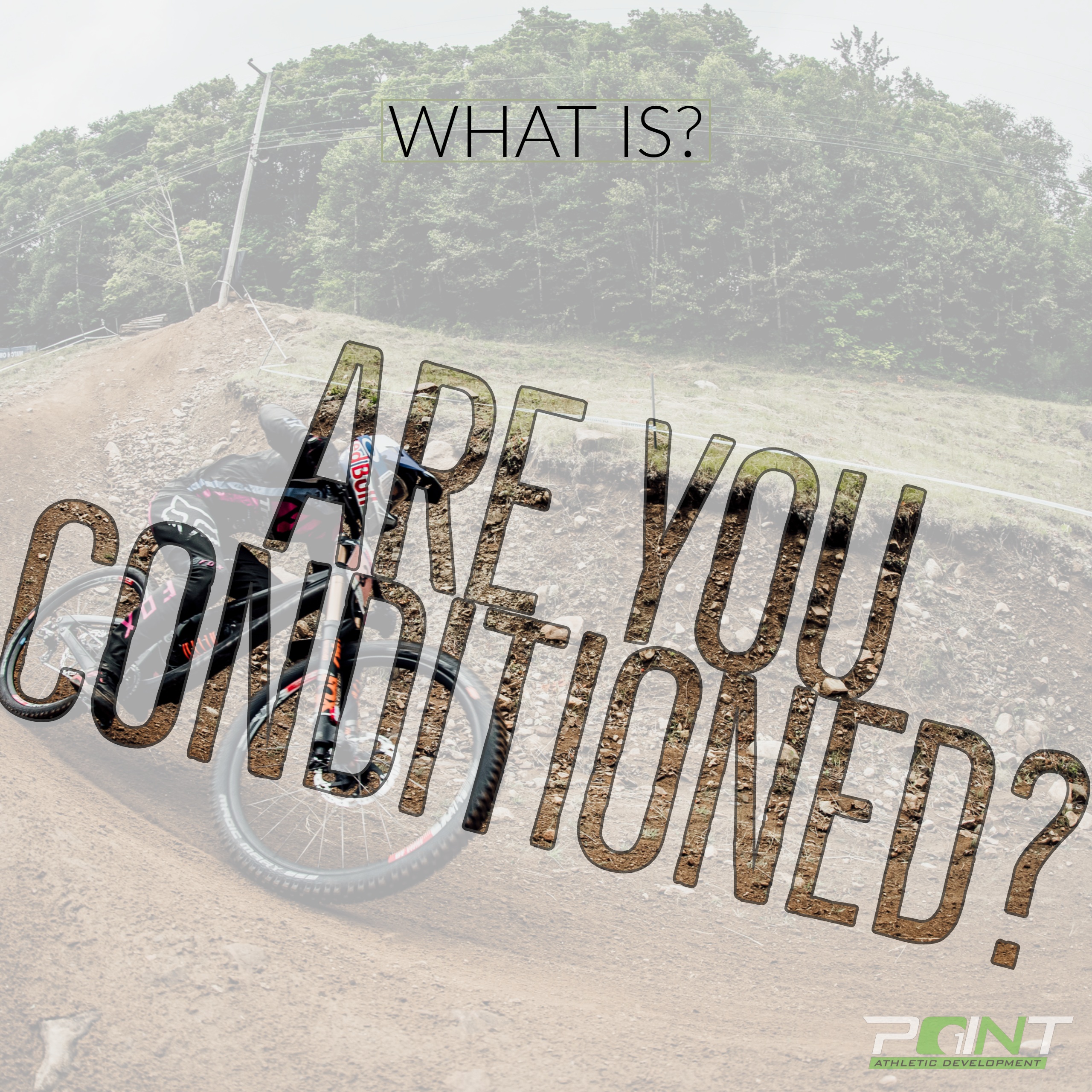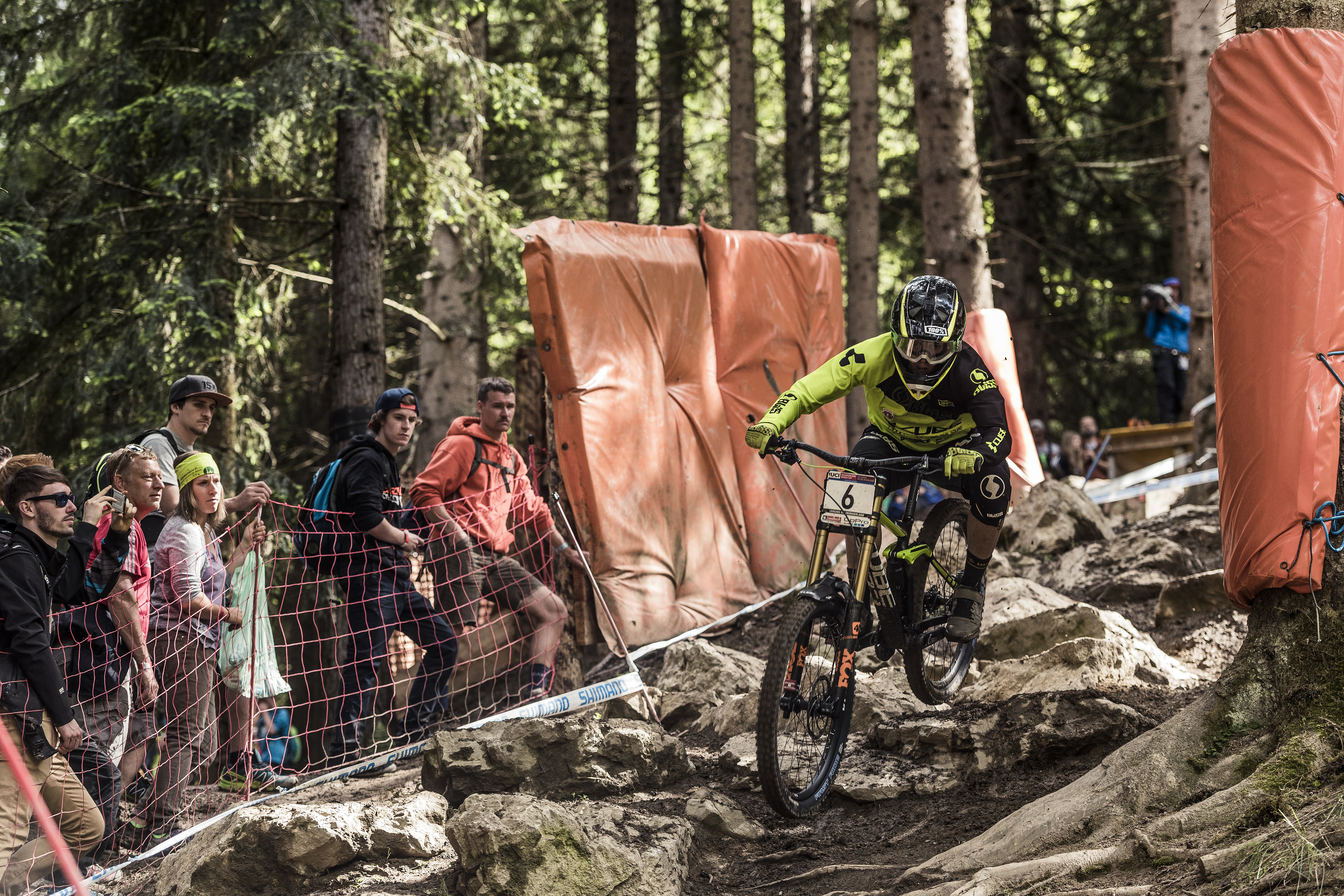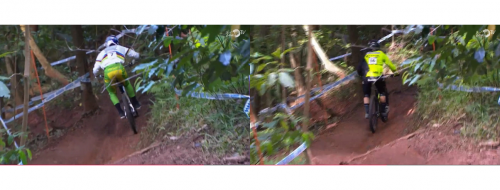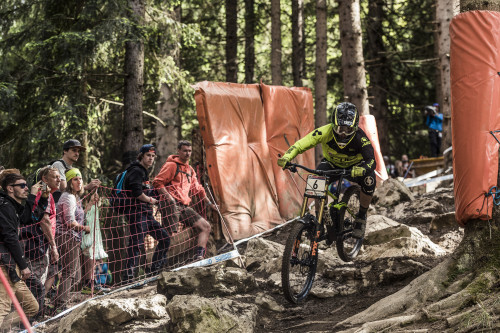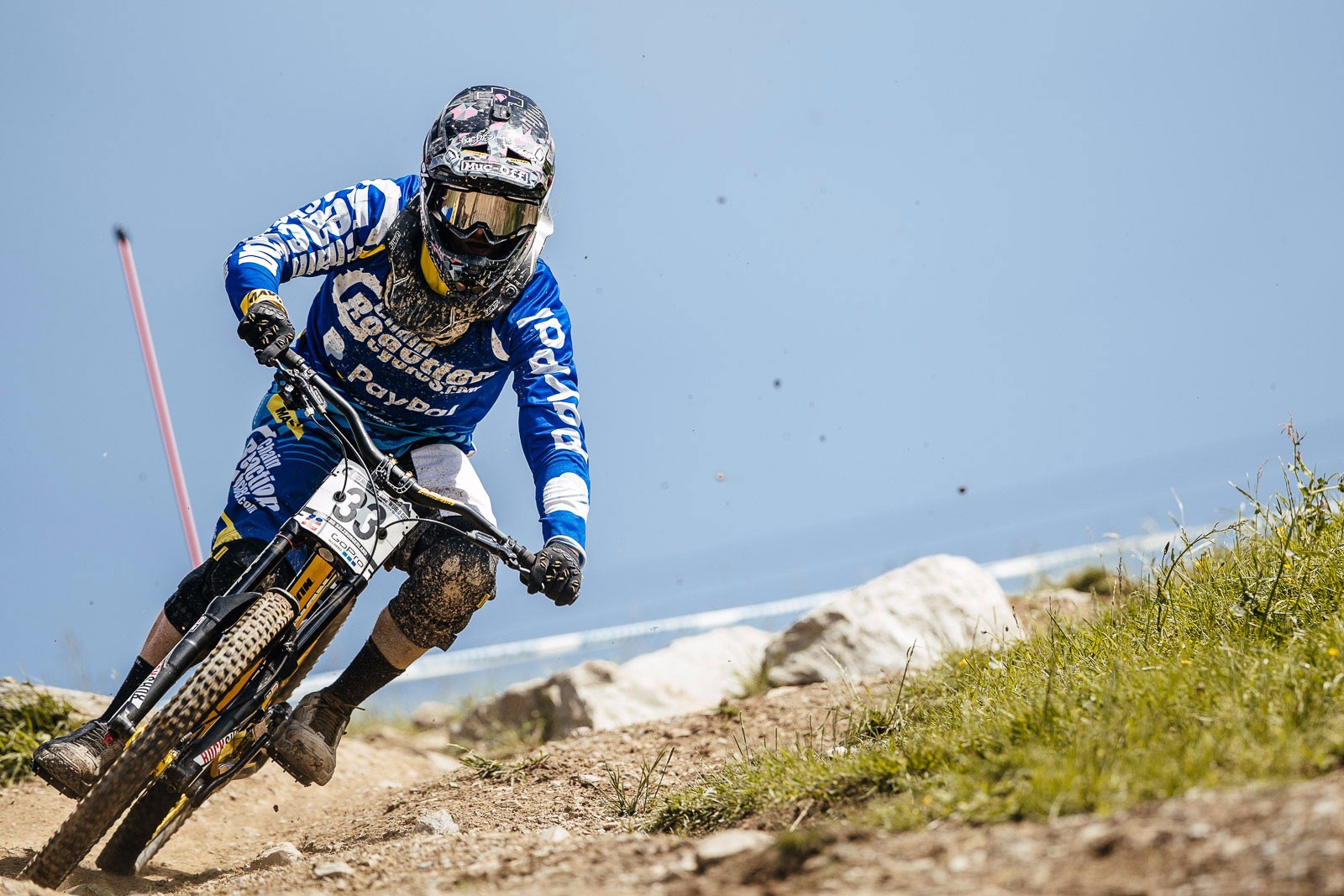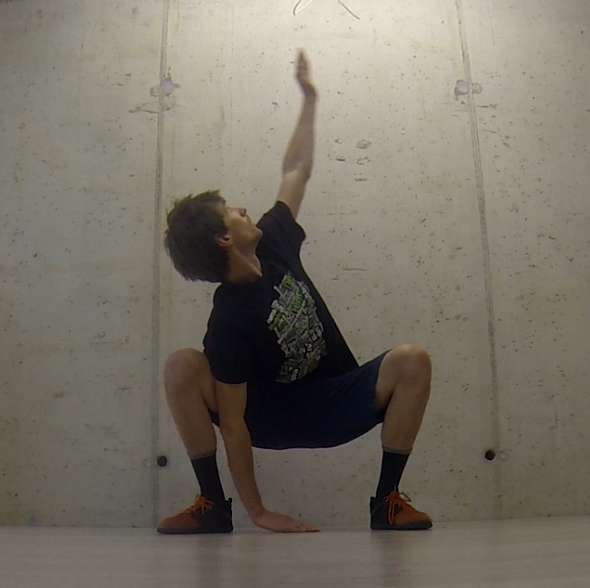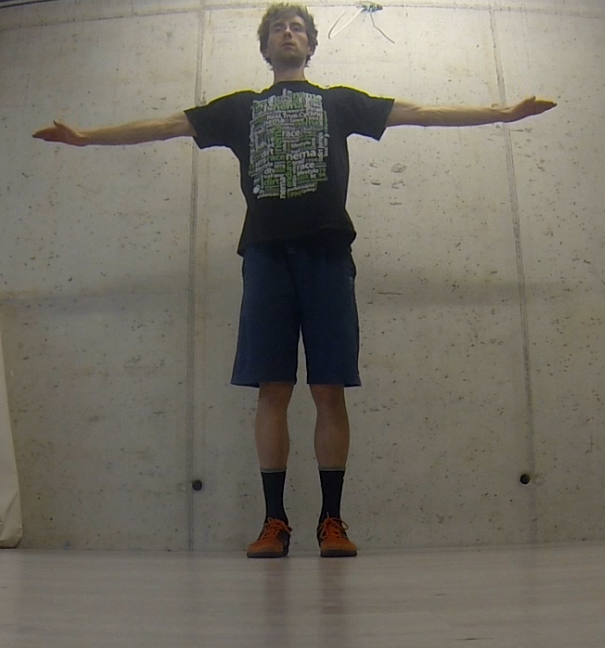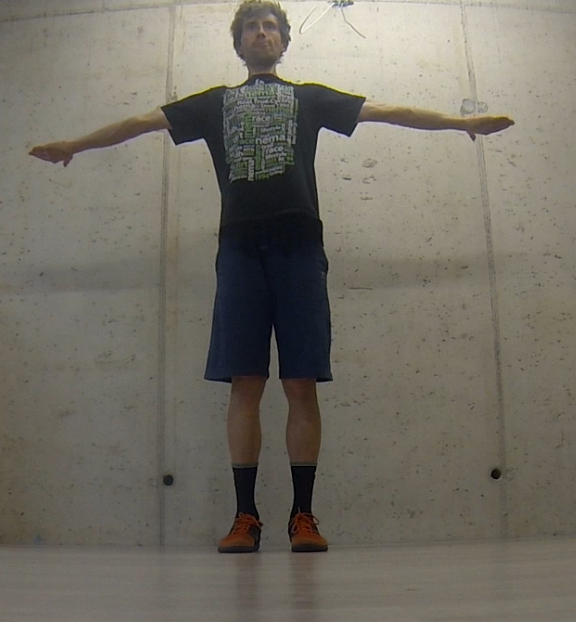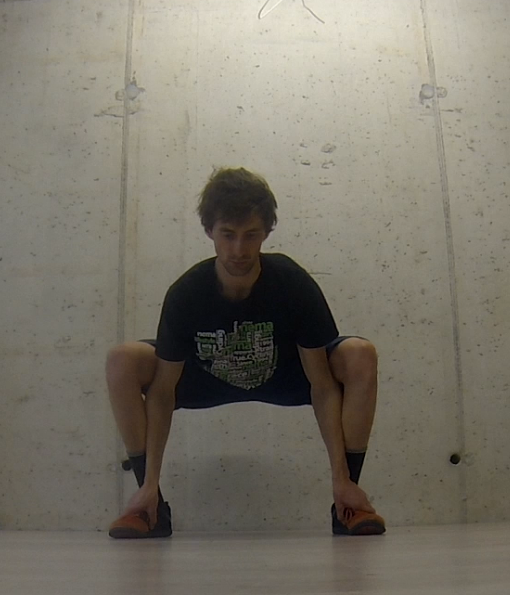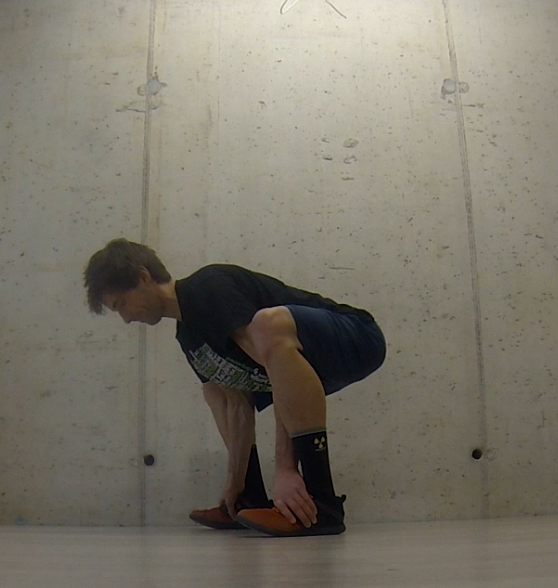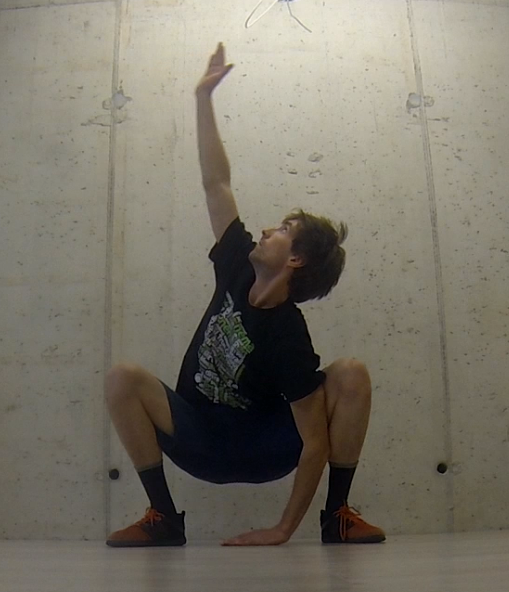One word that means everything and nothing to so many, whether in the “fitness” industry or not. From rider to racer and everyone else involved “conditioning” is a word that most often in most peoples unsaid, unwritten definition overlaps with the word “fitness”.
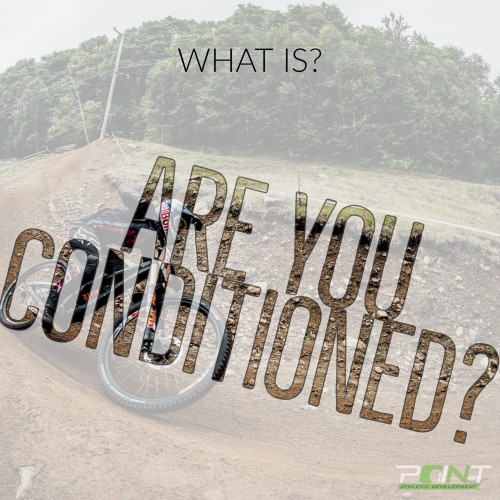
Fitness for the lay man, conditioning for the “professional”? Who cares, as it likely does not matter once solitary gram. What we mean is the ability for your body (brain included, they cannot be separated) to deliver & use adequate amounts of energy so you can successfully complete what your sport demands at any given instance. The energetics of movement maybe? Attempts to break that down into measures of ones ability to transport and use oxygen, burn substrates, use enzymes, contract, relax and control muscle, make decisions or pin point percentage substrate usage are all worthwhile uses of scientific investigation…helping further the body of knowledge coaches use and abuse in helping athlete’s prepare.
The “problem” as it stands now though is two fold and caused in no small part by many peoples perception of the above scientific investigations being the zenith of human investigation into sports performance…simply, the view held by many that scientific investigation has all the answers. As a result, depending on your sports culture, the training process can be largely dominated by percentage based systems, classifications of physiological metrics. On the surface this seems to make sense for our “conditioning” but it has in no small part contributed to blinkered views of what conditioning is and how to achieve it. To the detrement of thousands of athletes once they face the heat of true competition.
Instead of subscribing to a system created by others for the masses, the best approach, to date, in my attempts to help others achieve “fitness” and to condition athletes is to be a scavenger. While not as glamorous as a hunter metaphor, there are few scavenger species close to extinction. Basing near all decisions on a singular training model like % of FTP, % of 1 repetition max, velocity, % of V02max etc… is utter madness! What’s even worse is your foolhardy gym warrior approach of doing what’s “hot” right now – that being as I type, still, somehow, Tabata timing – 20″ of work 10″ of rest for 8 reps!
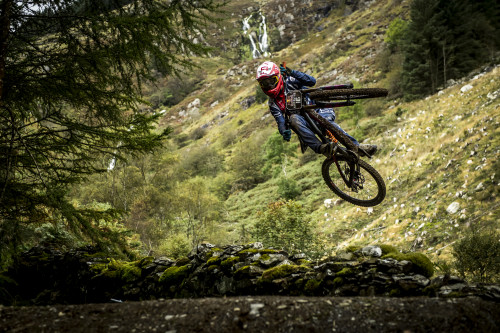
If we back pedal to the start – What is conditioning? The ability to deliver, use and exceed the energy requirements of meeting your sports demands for every last second of competition, from pre-practice to race run. For the Enduro racer this is everything from track-walks, practice, race stages, post stage recovery, pre-stage prep and doing it the week after or day after if demanded by the calendar. By definition it is “fitness” – suitability for a task.
So a narrow definition of “condition” will very like get you beaten, or killed! Why? Because performance cannot be categorized by physiology alone. A solution to this problem is to become a blood-thirsty scavenger.
Take what you need from any models avaialbe, use, modify, abuse & discard. Remember that all models are wrong but many are useful. The next time your on the bike, in the gym or planning your or some other persons training you may think of this post…..with that in mind below are some conditioning buckets we try to use when planning training so as no matter how big the fire you encounter at a race you will have enough in reserve to dampen the flames, a buffer if you will, not a physiological one, but a performance buffer.
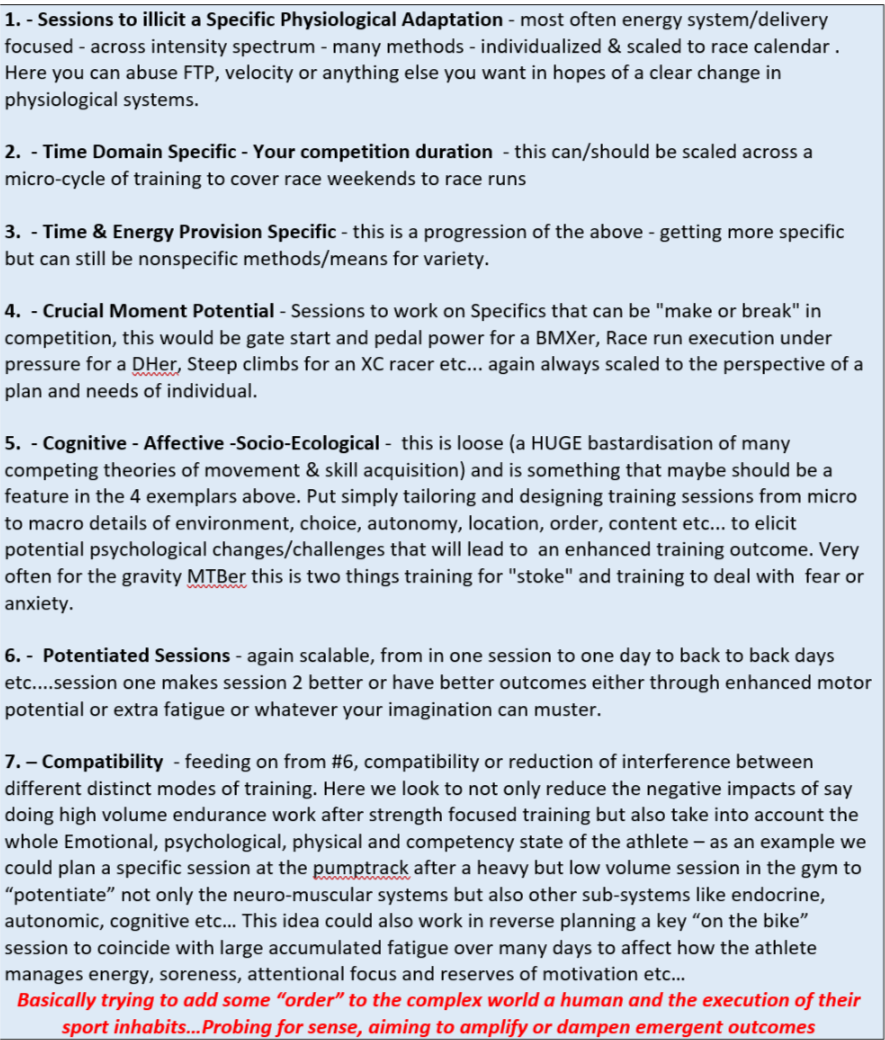
The above are just some examples – methods and means can be best guided by the application of a varied but effective and evolving ecosystems of training. The ecosystem you create by how you organise and categorize your training sessions and their desired & undesired outcomes is what allows you to build a plan that has some semblance of order that allows you to help deliver a prepared and conditioned athlete for competition. In an ideal world the above table would actually be some sort of beautiful chart where the possible relationship and connection between each approach to conditioning is explored……but I just don’t have the time or skills for that.
The above holistic approach to designing the conditioning focused elements of a plan allow for a more complete understanding of training load also. Providing a handy port of departure away from classic, linear, input//output metrics like Training Stress Score, TRIMP, distance, time etc… training load and stress can only be understood when the emotional and subsequent autonomic state that it occurred during is understood and as an extension of that the “outcome state” each session creates too. As a recent study found, perceived success or failure of a session, the emotional impact a session has and the location & result all effected rating of exertion – https://www.ncbi.nlm.nih.gov/pubmed/29502448
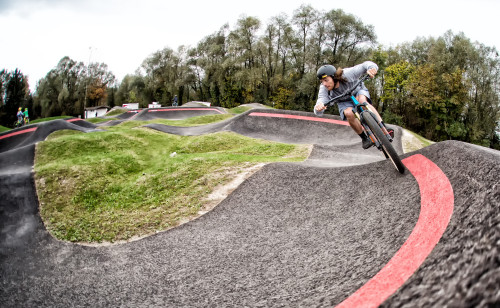
The simplest measure of preparedness, conditioning and fitness will NEVER be found in a lab or quantified with numbers, being conditioned for your event/sport means meeting or exceeding demands at all moments and that requires the confidence to know you can do it for it to actually happen. So even if you have the physiological systems conditioned to deliver, use and express the use of energy as movement you are not conditioned unless that can be expressed under the global demands of competition, whether that’s a large crowd, a fresh opponent, a different air temperature or a changing surface. Conditioning = Fitness and Fitness = ability to complete a task. No caveats, no excuses.
P.S. – I’ve probably done a poor job at articulating my views on what conditioning is and how to achieve it…..but a blog is pretty much nothing more than a place one attempts to organise thoughts…..and that is all I did

